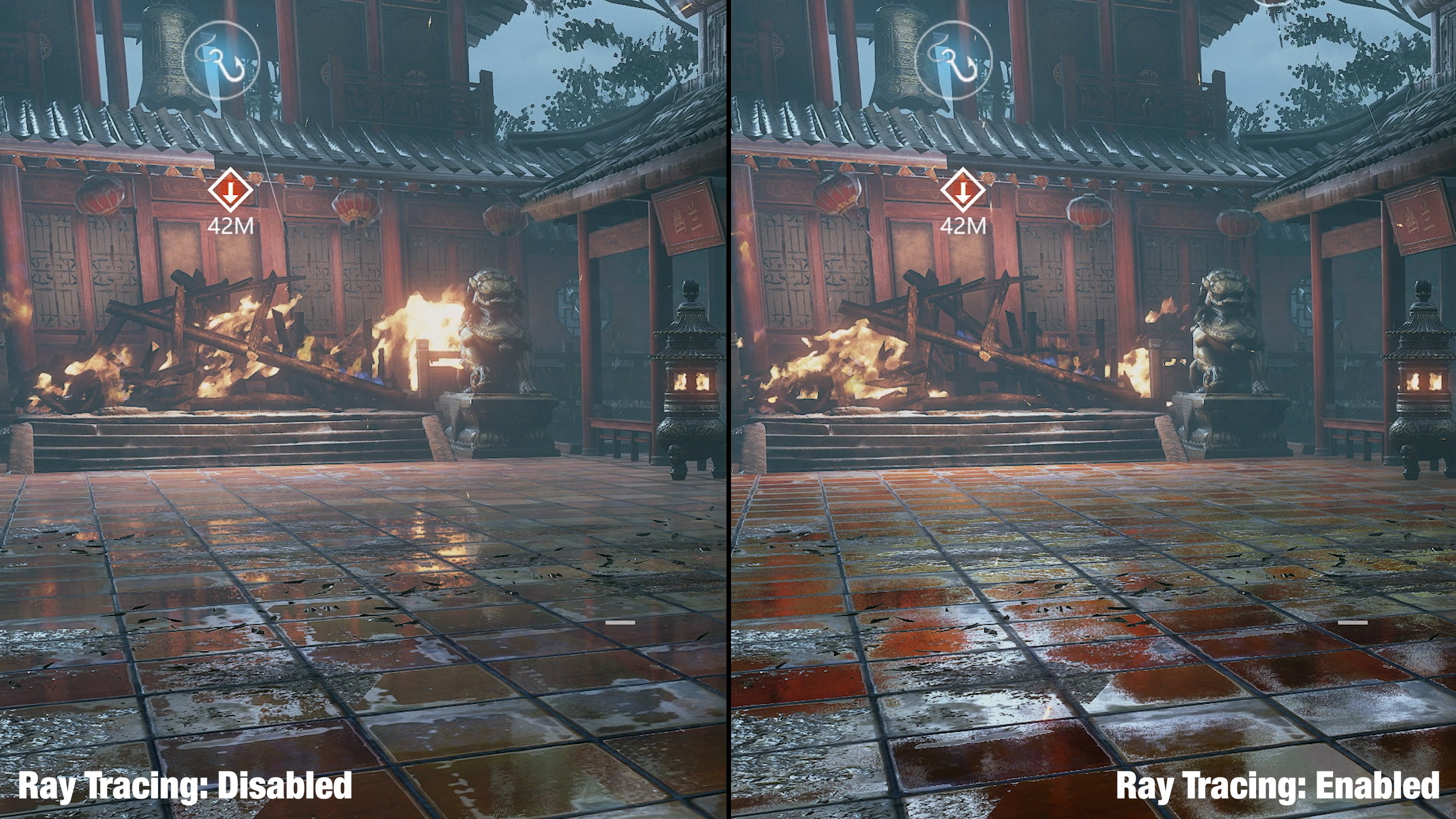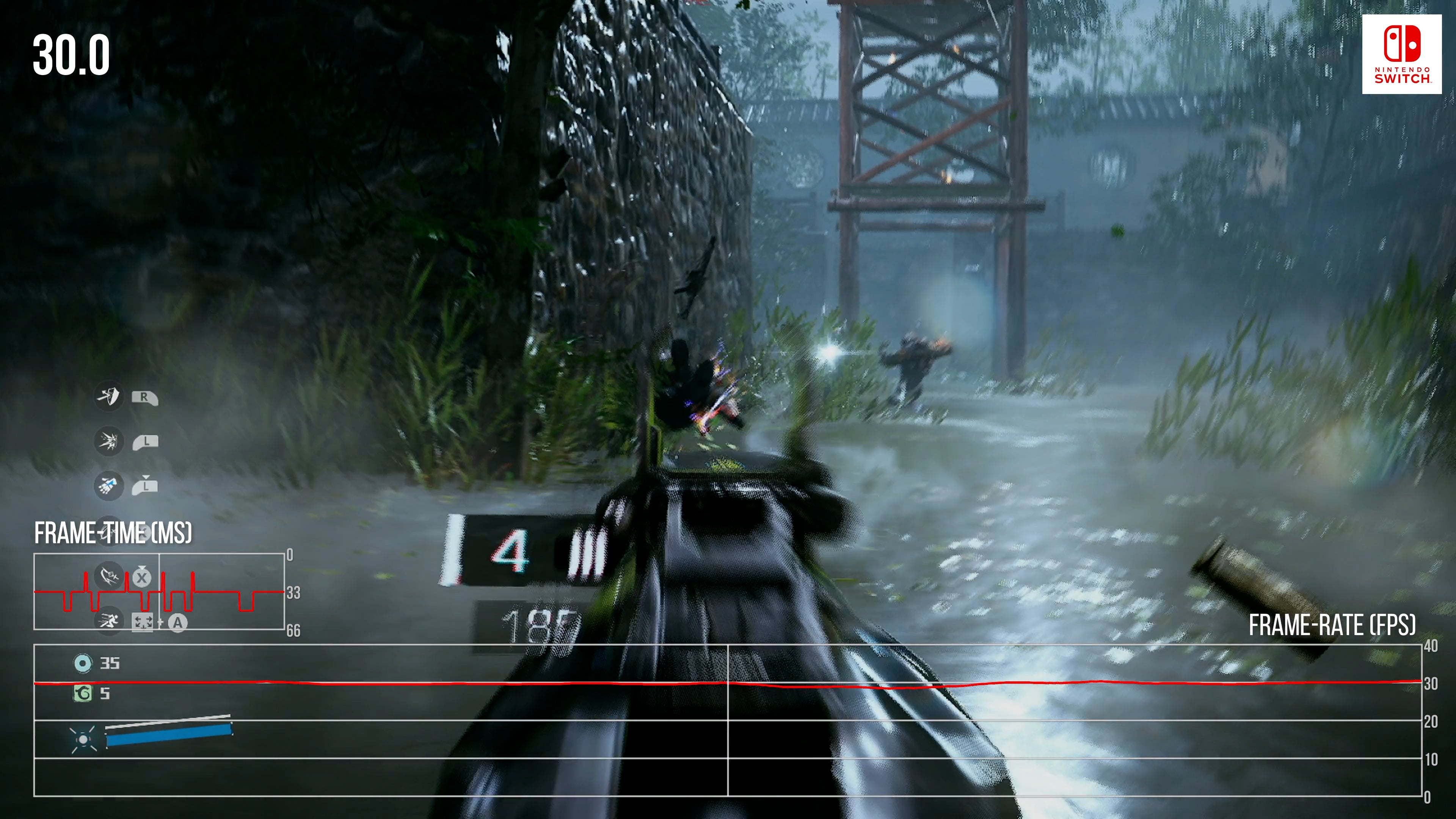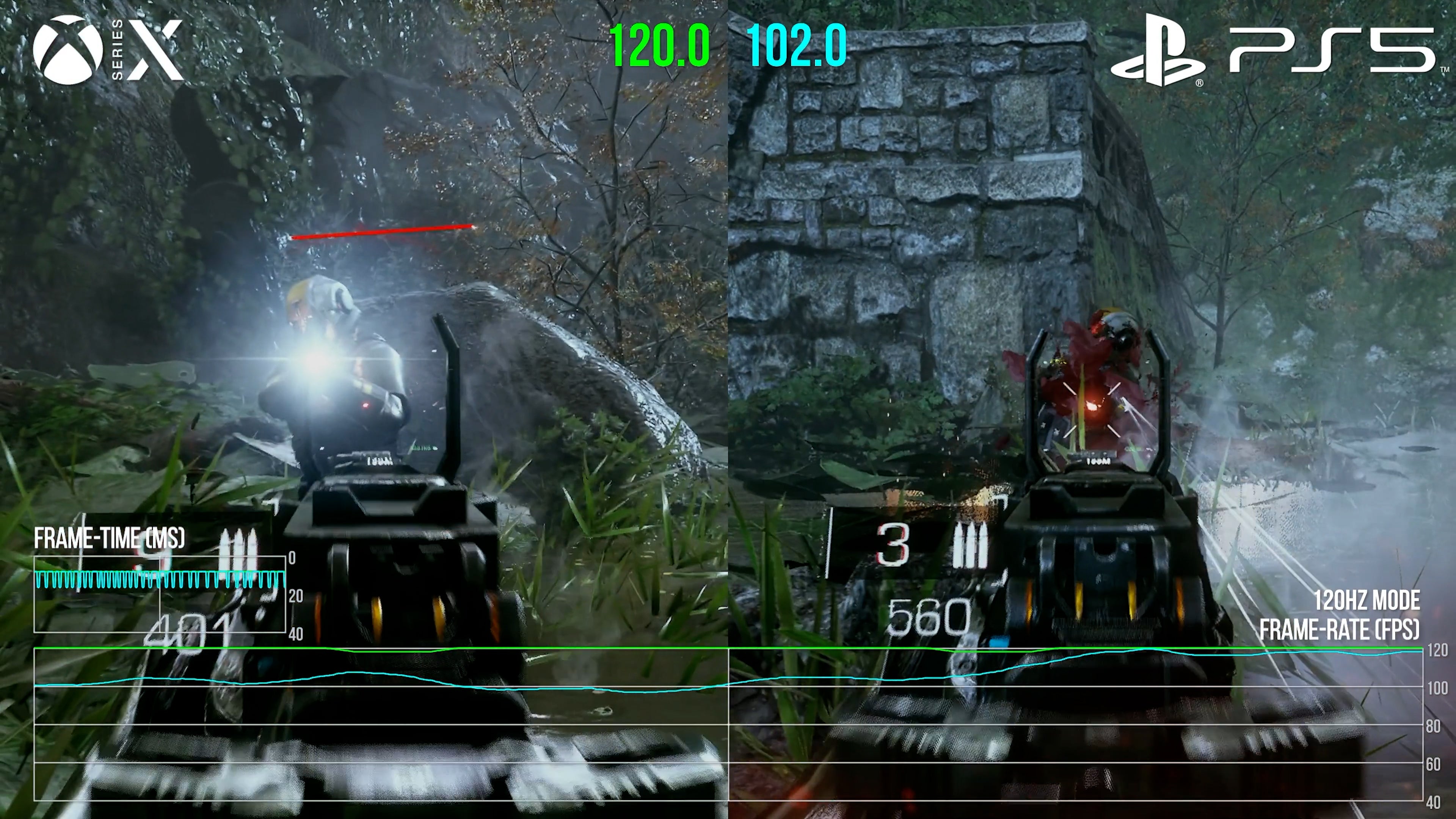On May 7th 2020, Microsoft kicked off the new generation of consoles with a gameplay showcase featuring a wide range of games planned for the Xbox Series X – and Bright Memory: Infinite was the very first game shown off during this presentation. Now, more than two years later – and half a year after the arrival of the PC version – Bright Memory: Infinite has arrived on console. Given its prominent placement in that original showcase, I felt that we needed to check it out here on Digital Foundry. On the face of it, this is indeed a ‘next-gen only’ exclusive – you can’t play the game on PS4 or Xbox One consoles – which makes the launch of a Nintendo Switch version all the more intriguing.
Bright Memory: Infinite is a fast-paced first-person shooter which combines snappy gunplay with sword driven melee combat. It’s not a long game but what’s here is solid and reasonably well executed – it almost recalls the 2013 reboot of Shadow Warrior, though with more focused, linear level design. Plus, if you’re playing on the latest consoles, Bright Memory Infinite promises support for 120Hz output and ray traced reflections, though not simultaneously.
Where it surprises the most, perhaps, is in its development history. Bright Memory: Infinite is a showpiece title for what modern development tools can offer when in the right hands – you see, most of the development duties on the game were executed by one person. In creating the game, Infinite was built using Unreal Engine 4 with additional support software and Quixel assets to speed up development time. That’s not to say this is entirely a solo project – artists, musicians and voice actors were all required to complete the game but considering the quality of the presentation, it’s an impressive accomplishment.
Bright Memory: Infinite launched on PC and it’s interesting to see the compromises made to transition to consoles – required even for PS5 and Series X – and perhaps inevitably, this primarily concerns ray tracing. The PC version includes Nvidia’s ReSTIR Global Illumination feature allowing for realistic bounce lighting, ray traced AO and shadows and far more robust reflections. Environments also receive additional detail but the reflections are perhaps the most significant difference. The PC version features dramatically higher resolution reflections and more surfaces – including rougher materials – take advantage of them. Even in scenes with obvious puddles, the console versions lack the high resolution, accurate reflections available on PC.
That said, I feel the console version still looks good on its own merits though there is a clear pecking order among the various builds, with Xbox Series X delivering higher resolution and more consistent performance than PS5, while Series S inevitably trails behind both (lacking both 120Hz and RT support) with Switch pared back massively compared to the others.
For the top-end consoles, RT features are limited to reflections and the resolution of these reflections is relatively low, but it is a match between both machines. Compared to the standard screen-space solution, RT reflections do improve image quality significantly primarily due to the sheer amount of water present in this game – you’ll spend a lot of time running through rivers and lakes and the RT implementation, while not perfect, does eliminate those typical SSR artefacts.

In terms of image quality, Xbox Series X comes out on top with both the default mode and the ray tracing mode targeting full 2160p and surprisingly, this resolution holds most of the time. PS5 also targets this but it seems to dip below 4K more often leading to a slight loss in overall clarity if you look closely. The more significant difference appears when using the game’s high frame-rate mode. Xbox Series X appears to stick to its 1440p target most often while PS5 often drops to 80 percent of this value leading to a further loss in clarity. Xbox Series S and Switch both feature just a single display mode in comparison but at least all versions do allow adjustment of both the field of view and motion blur, which is certainly nice.
Xbox Series S targets 1440p – but, in most cases, you’ll find that resolution hangs between 80 to 90 percent of 1440p. On Switch then, the game aims for 1080p and 720p in docked and portable modes respectively, but typically falls to around 80 percent of these targets during our random samples. It is sharper than your typical Unreal-based Switch game, however, I will say that much. In this sense, the Switch version is immensely fascinating in terms of its visual makeup – major sacrifices were required to pull this game off on Nintendo’s portable hardware.

Right from the introduction, it’s clear that many of the cinematic effects, such as depth of field, are scaled way back on Switch. Lights are culled from the scene, textures are lower resolution and everything appears simplified. That said, the game retains much of its visual identity and it does play out at 30fps. Looking closer during gameplay, even more effects are culled, motion blur is selectively used and overall scene complexity is massively reduced. This is PC at lower-than-lowest settings. Textures, reflections, foliage, lighting, particles and more all reduced in quality, but as a portable experience, I’d argue it holds up. Image quality is sharper than usual and motion blur is retained during most sequences, though still optional. It’s both vastly inferior to all other versions of the game yet still surprisingly playable and impressive given the hardware limitations of the Switch itself.
Performance-wise, Switch’s 30fps is marred by inconsistent frame-pacing at 30fps which is disappointing, but looking at the consoles, Xbox Series X is the best-performing version of the bunch. In its default mode, results are uneventful – it’s very stable. When ray tracing is enabled, performance remains nearly as good – most sequences throughout the game manage to reach 60 frames per second just as in the default mode though there are some minor dips through gameplay. Then we have the 120Hz mode and this is even more surprising – it’s extremely stable. The same occasional hiccups do occur but it’s effectively a rock solid 120 frames per second making for a very responsive game. Xbox Series S? Think of its single non-RT 60Hz gaming mode as very similar indeed to Series X, just at a lower resolution.

PS5? The normal and RT modes are very similar to the Xbox version both delivering 60 frames per second most of the time within only minor hiccups. Heavy scenes can drop occasionally in RT mode, of course, but it’s good. There are issues with the 120Hz mode where issues begin to pop-up on PS5, however – it’s just not as stable as Xbox, though VRR clears this up nicely. It’s worth pointing out that to access the 120Hz mode at all, you need to pop into the PS5’s system menus, and in the game presets area, select performance. Failing to do this means that 120Hz display support never kicks in.
So, is Bright Memory: Infinite worth a look? That’s a little tricky and requires the full context of what this game is to truly appreciate it. Primarily developed by just one person, this game is inspiring. It channels the uncanny valley concept but applied to triple-A game development. It aspires to deliver a triple-A experience and even looks and feels much like a AAA shooter. In some respects, but it doesn’t quite pull it off – which is OK, honestly, it’s still good fun.
Bright Memory: Infinite is a brisk game as well – it clocks in at under two hours, it costs $20USD or around £15 depending on format – yet its developer spent years of his life working to create it. Was it worth it? That’s not something I can answer but it’s certainly something to consider when consuming your next video game, especially if your next purchase happens to have been created by a small team or even an individual. Releases like this certainly ask you to think about the creation process. What I will say here is that the developer did a fine job creating a simple, streamlined little game and if you like what you see here, you might like to check it out.
Be the first to comment